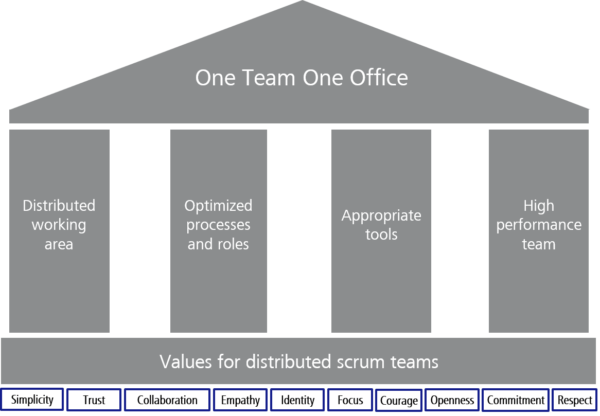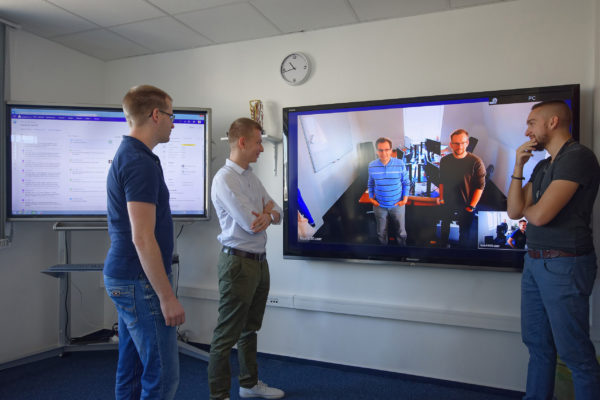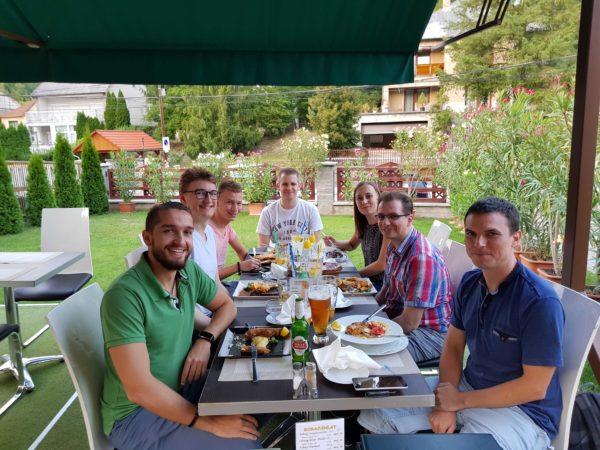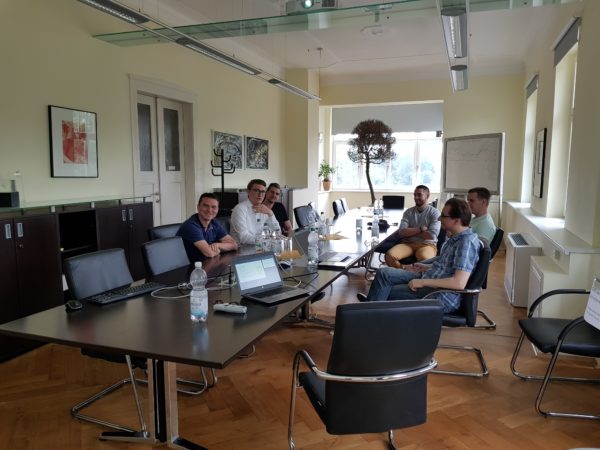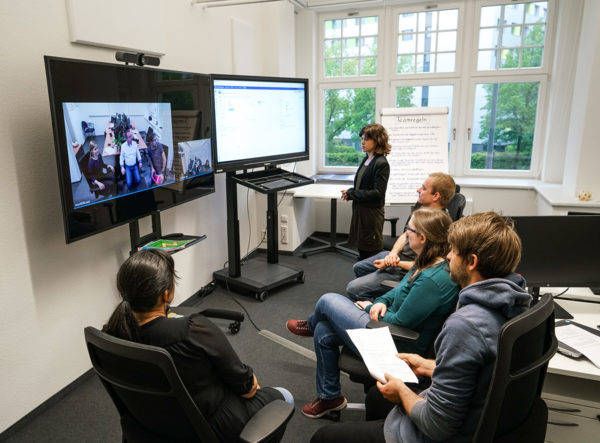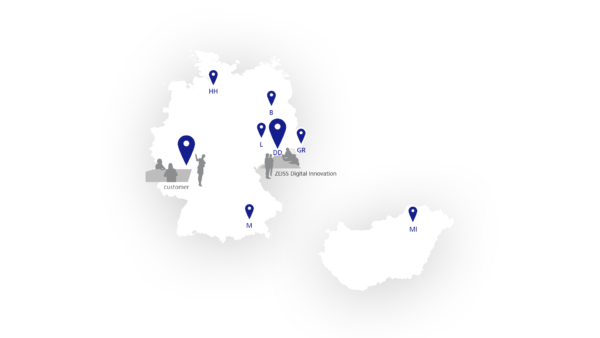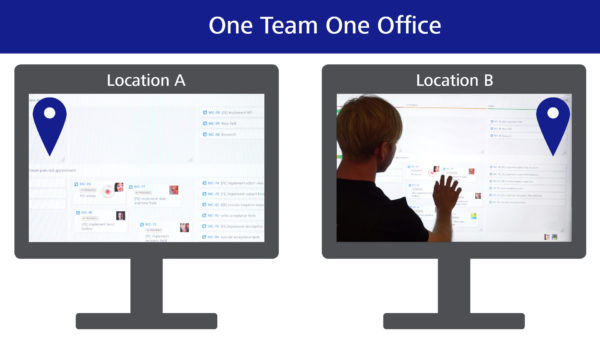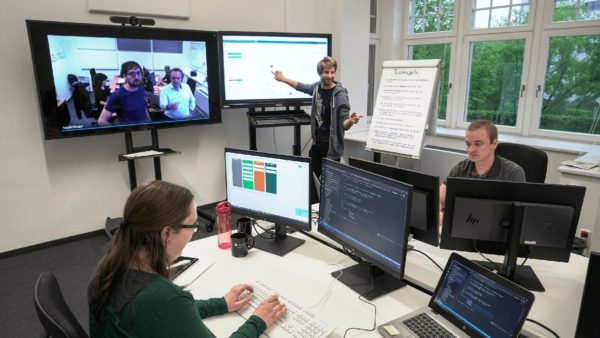Digitization and the associated integration of IT and software components, demand in a specific IT discipline is not only growing linearly but rather exponentially – in quality assurance! Scarce office space, an increasingly difficult recruiting situation and the lack of innovation in the image of quality assurance clearly exacerbate the problem.
At first glance, the use of external QA consultants appears to be the solution, but at second glance it also presents some hurdles:
- Due to new legislation (employee leasing law) there are consequences in terms of labour law when using one or more test experts; the proximity to the customer and the integration into the customer’s test processes leads to the leasing of employees and the resulting in organisational and legal consequences.
- If the test team is to be deployed directly at the customer’s premises, it is also necessary to make office space and the corresponding technology available to all those involved
- The necessary budget must be provided for an external test team. The on-site activity of the external test team or external test experts increases the budget
- Due to the current situation on the labour market, it is becoming increasingly difficult to find employees for internal positions as well as for external service providers, who are prepared to relocate to the project location or are willing to travel
The solution here is an external test-centre, which supervises the necessary tests remotely. The following advantages of a remote deployment for the customer:
- Lower costs for the test service, as travel and accommodation costs are eliminated
- Higher scalability of the test personnel, as the service provider can optimize its utilization at one location and thus guarantee the customer greater planning reliability in the provision of resources
- By concentration of the personnel at less locations, more know-how carriers and experts are available for special assignments
- Centralization keeps the test teams stable, which reduces the fluctuation of acquired domain knowledge
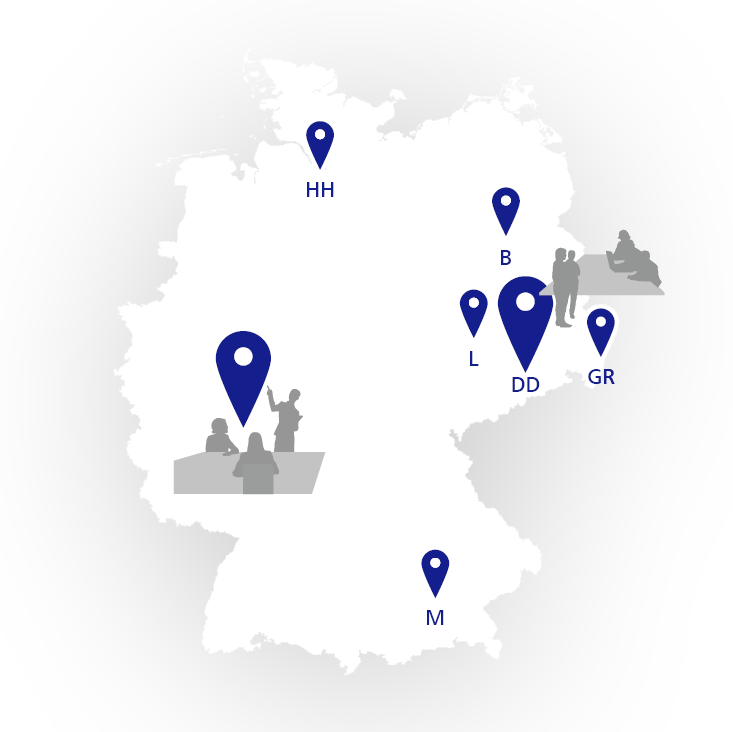
In addition, the service provider can open the test-centre at a location with a strong and stable employ supply base. In this way, he can find suitable employees and retain them for longer.
However, the use of a remote test team/test-centre or the physical separation from the customer creates a new problem, the so-called remote alienation. This is expressed by the following symptoms:
- Speed disadvantage due to technical and communication hurdles
- “Faulty” coordination leads to deviating test results (from customer expectations)
- A lack of transparency leads to a loss of trust in the test results for the customer
- Due to the physical separation, the testers have limited opportunity to collect the customer’s domain knowledge, which can lead to incorrect test procedures despite good test expertise
To counteract remote alienation, we have developed an approach that has the advantages of a remote test centre or distributed test teams, but tries to keep their disadvantages as small as possible.
The approach consists of optimizing our customer-oriented test procedure for remote or distributed test deployment and using ETEO, our working concept for distributed teams already established in software development projects. This involves setting up a small on-site office at the customer’s site as well as workstations at our sites (remote office).
The process model of our customer-oriented test procedure consists of three phases: planning, transition, and actual service support. In the planning phase, the feasibility is checked, and the contractual matters are regulated.
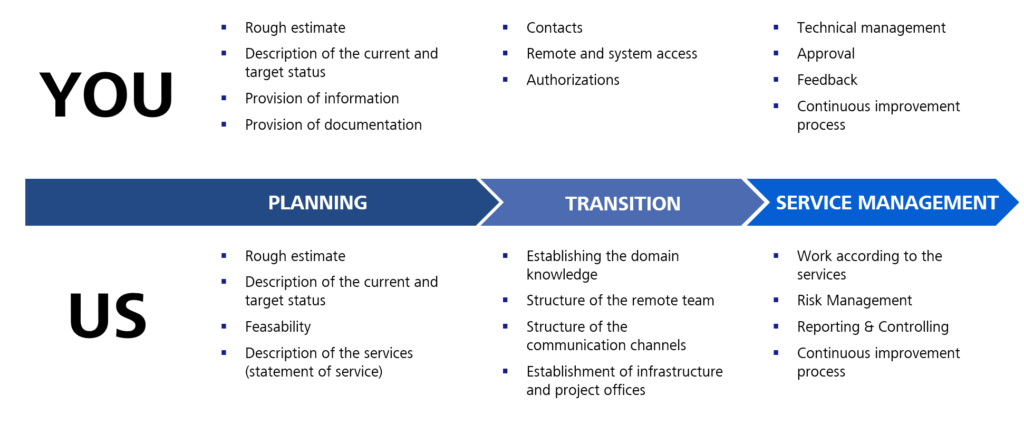
The focus is both on a project with customer proximity and on a remote approach to transition.
In the first step, our IT experts and those of the customer are involved. Together they identify the technical framework conditions such as remote and system accesses as well as authorizations and connect the “on-site office” with the “remote office”.
At the same time, the customer’s test managers coordinate with our test task force (our test manager and test analysts). The tasks include getting to know the customer’s domain and organization, organizing the setup of the remote team (TM) and setting up the “on-site office” and the “remote office”.
Basically, the testers work remotely from their home location, but as part of the transition, a minimum six-week training period takes place at the customer’s site. On the one hand this enables the testers to get to know the customer and his processes intensively and on the other hand it also allows the customer to get to know the test team. The basis of the training is an explicit training plan, which is created by the test manager and reviewed by the customer.
During the actual service support, additional tools are used to counter remote alienation. The first tool is the test task force, which consists of our test manager and the test analysts. Despite the remote focus of the project, a significant part of these analysts are located at the customer’s site. Various scenarios are used: The test manager is on customer’s site at least two days a week and the rest of the time he supervises the team. In peak times or on important occasions, the test manager stays at the customer’s site longer. For the test analysts a similar setup would be conceivable. However, it is also possible for the test analysts to alternate between on-site at the customer’s premises and in the remote office (e.g. on a weekly basis). The test analysts largely require the same know-how (domain knowledge) to be able to represent themselves in an emergency. By visiting the remote office, the test analysts automatically transfer their knowledge to the testers. Test analysts can also be on-site at the customer’s premises for longer periods or even simultaneously during peak periods. This concept can save 25 % in travel expenses.
A second aspect in reducing remote alienation is the use of ETEO. ETEO – Ein Team Ein Office (German for One Team One Office) is our innovative concept for distributed cooperation and a modern form of collaboration where all participants can work together on a scenario from different locations.
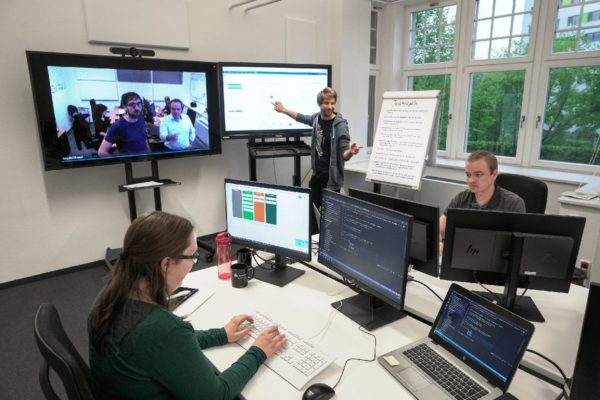
Through the targeted use of technology, methods and personnel trained for this purpose, a procedural model has been created that reduces travel costs to a minimum, and which sees transparency over all cycles of the test project as its top priority.
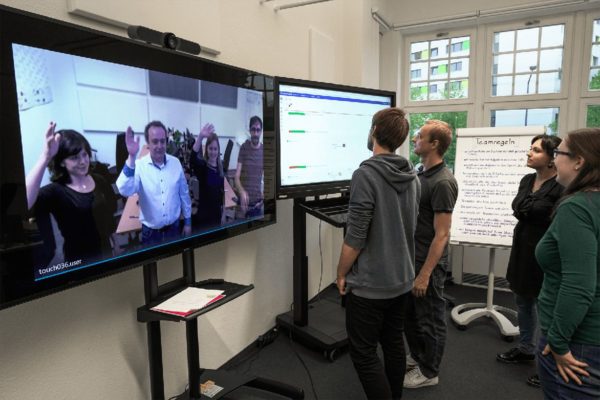
Part of the ETEO concept is a short distributed daily meeting, the so-called “test thing”.
The aim of the daily meeting is to report the status, name impediments and plan the day. Thanks to the technology of the ETEO concept, all parties involved can participate on site and in the remote office. An electronic task board (eteoBoard) is used to coordinate the daily planning.
At the remote locations, a periodic knowledge transfer (e.g. every 14 days) for all team members takes place. In addition to exchanging and building up knowledge, these meetings also serve to conduct retrospectives to document any problems that may arise and to improve the testing process.
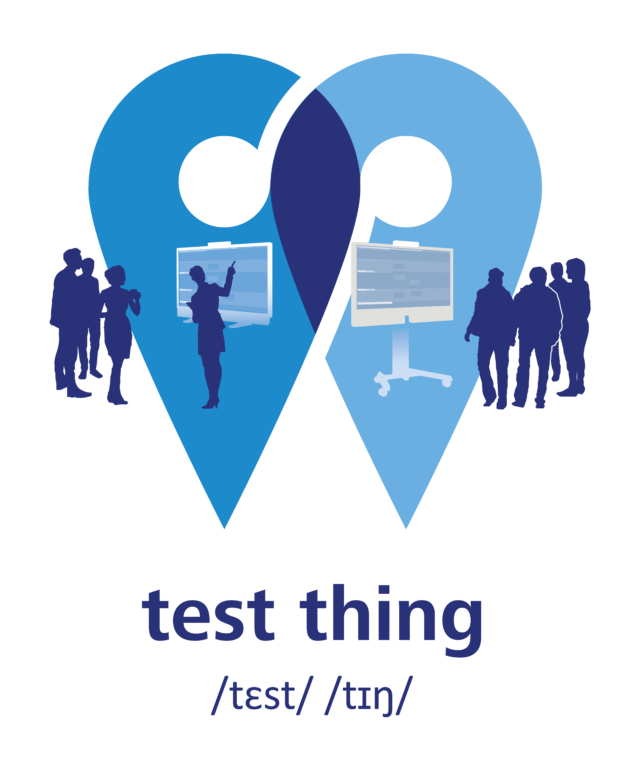
In addition, other tools are also used. With regular status reports by the test manager, transparency is achieved not only for the customer but also for the entire team. This transparency is enhanced by the creation of a dashboard, which, based on the test management tool used, displays important key figures for all those involved, in agreement with the customer.
In almost all industries along the IT challenges, but especially in QA, the necessary scaling has become the number one problem. Even reinforcement by external resources is not always possible on the one hand and/or brings new challenges on the other hand. One solution is to have well-rehearsed teams to turn highly qualified quality assessments of your software into continuous services.
With the described approach, it is possible to access the resource pool of scalable locations, such as Leipzig, Dresden, or Miskolc, and escape remote alienation by using the appropriate tools and procedures.

